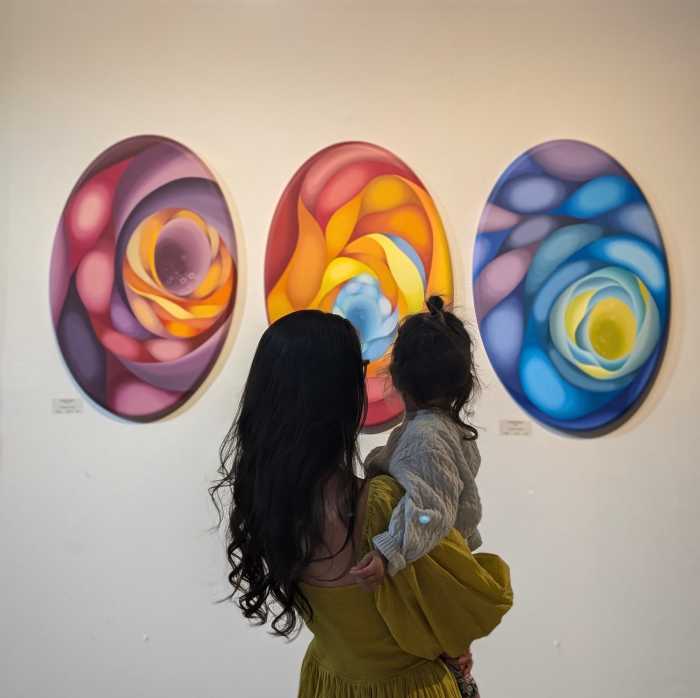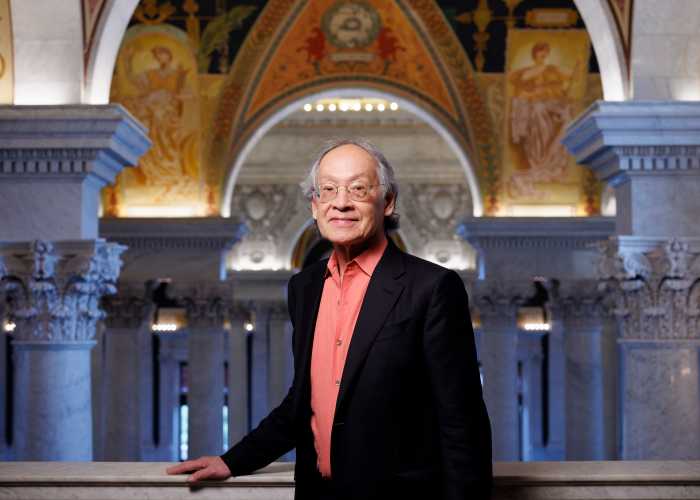The artists who had covered 5Pointz in Long Island City in colorful graffiti scored a major victory on March 31 when a Brooklyn judge ruled that they could sue the developers for painting over their work without providing them advance notice.
Artists had been using the building at 45-46 Davis St. in Long Island City as a canvas since 1993 and in 2002 artist Meres One helped turn the space into a graffiti mecca. In 2013, developer G&M Realty announced that the space would become two high-rise apartment buildings.
Almost immediately, artists began taking steps to try to save the building and preserve their artwork. They held a rally at the space after a judge issued a ruling against a request of preliminary injunction looking to protect the aerosol art.
In 2015, more than a dozen artists filed a lawsuit against the Wolkoff family, which owns G&M Realty, claiming that the property’s owner committed an illegal act by painting over their work without giving them enough warning to take it down and save it. They evoked the Visual Artists Rights Act of 1990, which states that protections against destruction of works are afforded to authors who create art of “recognized stature.”
Brooklyn Judge Frederic Block, as Artsnet first reported, ruled that the case can proceed in front of a jury that will decide if the artists should receive monetary damages. Artists will try to persuade the jury by bringing in artists, museum professionals, art critics and any information that can prove the art fits the “recognized stature” description.
The online outlet Artsy believes that the artists will not have a hard time making their case, especially in front of a Brooklyn jury that may have witnessed gentrification like this in its own borough.
“The court’s order denying dismissal of our client’s claims is a groundbreaking decision for aerosol artists around the country,” Eric Down of Eisenberg & Down, the firm that is representing the artists, told Artsnet. “The message is that if you destroy art protected by federal law, you will be held responsible for your actions … We are confident that at trial both the artists and their work will be determined to be of recognized stature.”
The property owner, on the other hand, will make the case that since the graffiti artists had been continually painting over the existing graffiti up until the whitewashing of the building, the art was never expected to last.
Jerry Wolkoff of G&M Realty told the outlet that the artists “themselves went over their paintings for 20-some-odd years.”
“The paintings were never intended to be permanent,” he added. “That’s street art. The beauty of it is that it changed.”



































